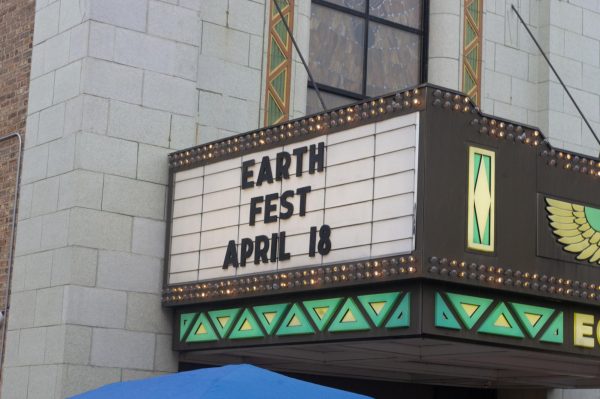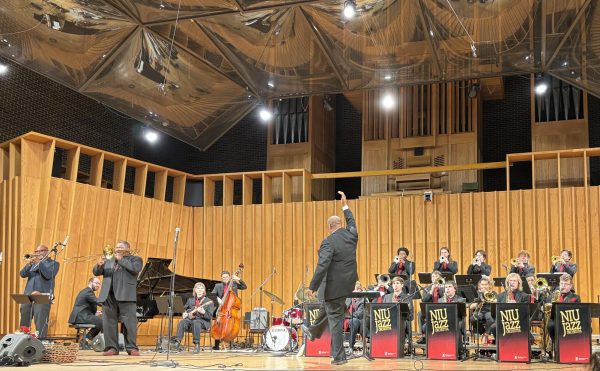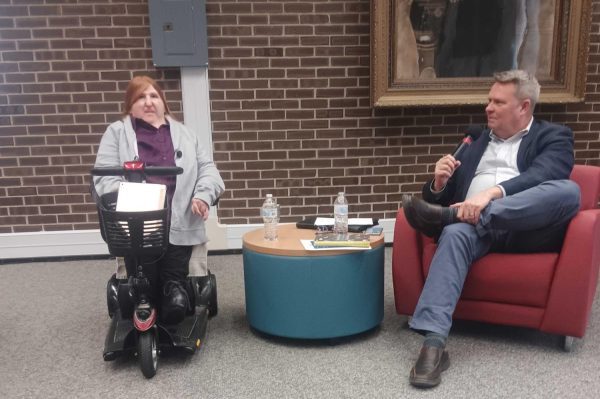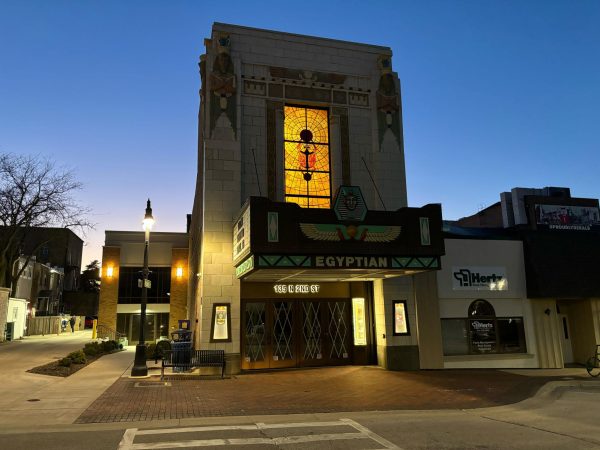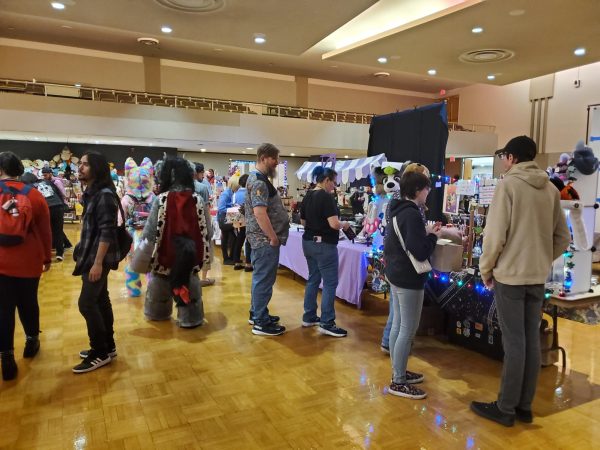Urban Legends
September 8, 2005
rban legends extend further into the daily routines of campus students than most may know. For example, according to folklorist Jan Harold Brunvand, “The Obligatory Wait,” a rule by which students can leave class if their professor is 15 to 20 minutes late, is one such urban legend, literally too good to be true.
The more gruesome urban legends, involving ill-fated teenagers at Lover’s Lane, have been exploited by Hollywood in such films as “Urban Legend” and the upcoming “Cry Wolf.” Urban legends of a more explosive and humorous quality are often explored in Discovery Channel’s “Mythbusters.”
“Urban legends,” said Brunvand in his book “The Vanishing Hitchhiker,” “are realistic stories concerning recent events (or alleged events) with an ironic or supernatural twist.”
The plots of urban legends range from sensational to supernatural, coincidental to comical. In “Too Good To Be True: The Colossal Book of Urban Legends,” Brunvand dedicates the latter half of the book to detailing a series of tales centering around college campuses.
In one story, two college students end up missing a final exam in a chemistry class due to a night of partying. They opt to lie to the professor, saying a flat tire prevented them from attending class. The professor agrees to a make-up exam, consisting of one essay question – “Which tire was flat?”
“I’ve heard that story from three professors, and it can’t have happened to all three of them,” said English professor Christoph Lindner.
A native of Great Britain, Lindner says urban legends play a somewhat different role in Europe.
“In Edinburgh, Scotland, during the black plague, thousands of people were killed. Many bodies were buried underneath the buildings and, as a result, ghost stories circulated,” said Lindner. “Urban legends became part of the city.”
This highlights a bold categorization between urban legends, as some are local legends, like the one in Edinburgh, while others are migratory, like the ones mentioned in Brunvand’s books.
DeKalb plays hosts to its share of local legends, as historian Stephen J. Bigolin demonstrated.
First, Bigolin debunked an urban myth in DeKalb. The old prairie house at 233 Augusta Ave., frequently called “The Frank Lloyd Wright House,” wasn’t built by the famed architect.
Striving to build a better house than his brother, local businessman Andrew Anderson had the house designed by John Van Bergen, who was a draftsman under Wright.
But there were plenty of true legends in DeKalb’s history.
Jacob Haish, one of the three inventors of barbed wire, sought to ensure his immortality by making his copyrighted tombstone the first visitors saw at the Fairview Cemetery.
Due to the building of the high school in the lot behind Haish’s tomb, the cemetery grew in the opposite direction. This left Haish’s tombstone relegated to what became an obscure corner of the cemetery.
The tomb of Issac Ellwood was a bold contrast to fate of Haish’s memorial.
“The resting Ellwoods can spend eternity in opulent luxury,” Bigolin pointed out, as the entire interior of the tomb is made of marble.
There’s something even stranger about the stained glass window in the back of the Ellwood tomb.
“I showed slides of the window to a colleague of mine, Rolf Achilles, who is a stained glass expert at Navy Pier,” said Bigolin. “He believes the window to be genuine Tiffany glass.”
The last item on Bigolin’s tour concerned an alleged haunted house on the corner of Pleasant and 10th streets. The land had once been home to the small Needham Cemetery, until the city council gave real estate developers permission to turn the land into an extension of the city in the 1950’s.
“The businessman in charge said he removed all of the bodies from the cemetery,” said Bigolin. “But at one house, at no particular time, people have heard a baby crying within the halls.”
Today, urban legends remain in circulation, but the rise of the Internet has caused changes with the way legends are delivered and debunked.
Dr. Mikel J. Koven is a lecturer at the University of Wales who has published several books on the subject of urban legends.
“Interestingly enough, I heard Jan Brunvand give a paper at a conference in Aberystwyth. He said those legends he talks about seem to be disappearing, from a North American context,” Koven said. “Based on the 50 or so papers given at the conference though [. . .] the urban legend is not disappearing,” Koven said.
According to Koven, legends continue to turn up, although some of the places the legends are emerging from are different from past research.
“So when we study legends from other cultures,” Koven said, “we need to look at what those stories are saying about older belief traditions, about modernity, about what people are afraid of today, in whatever context we find these stories.”




